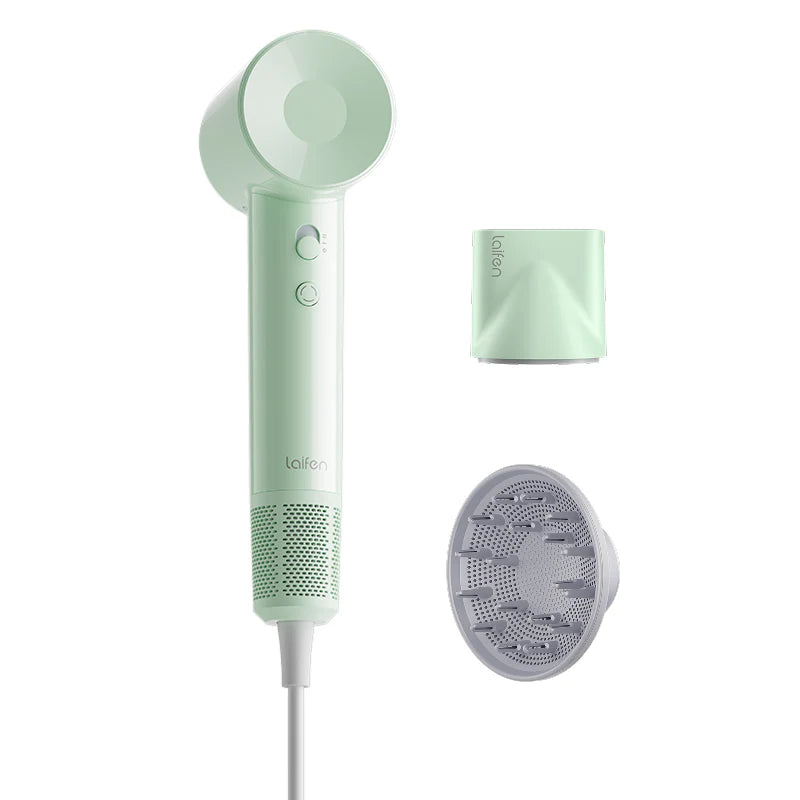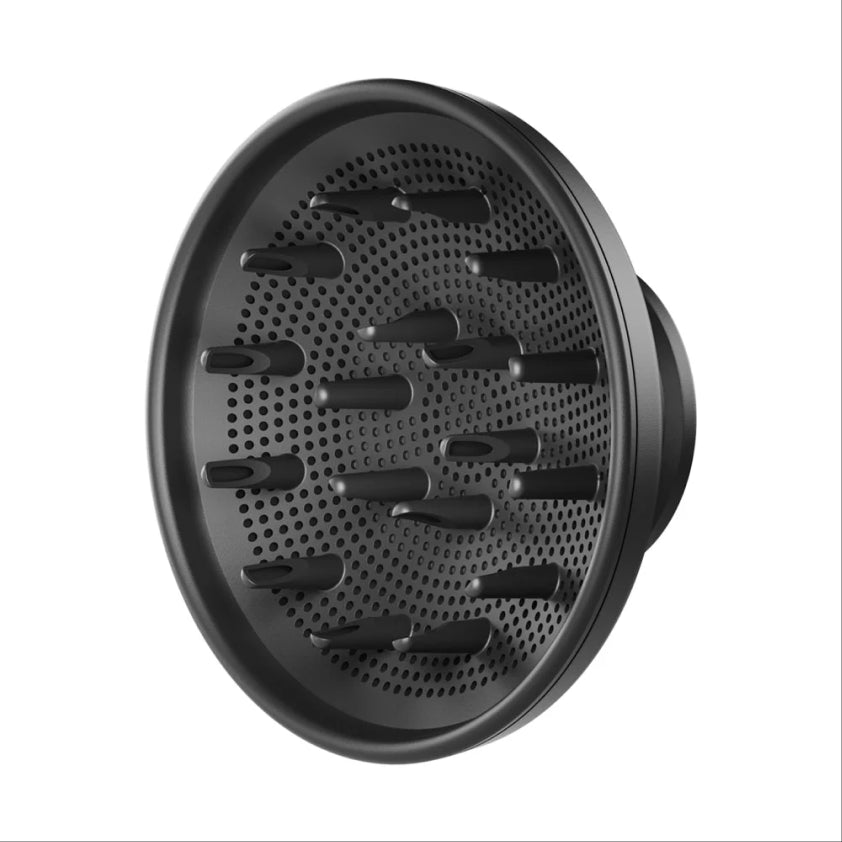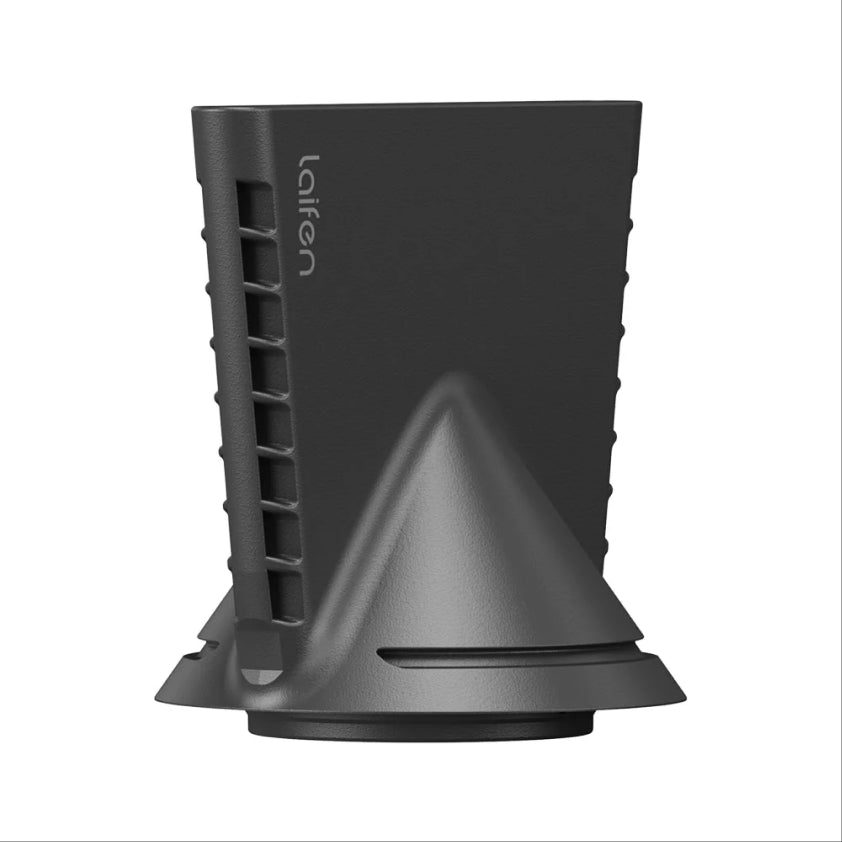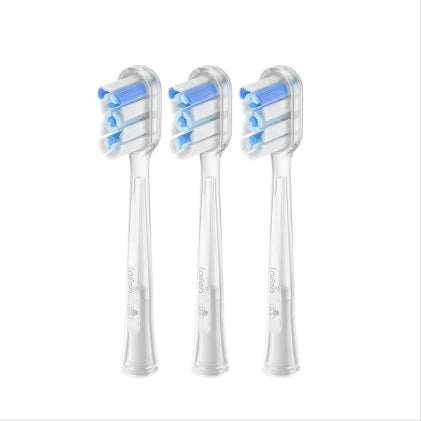
In this article
Les irrigateurs buccaux sont d’excellents outils pour nettoyer vos dents, vos gencives et votre bouche. Les irrigateurs buccaux électriques, en particulier, peuvent atteindre des zones qu’une brosse à dents électrique ne peut pas nettoyer en profondeur. Lorsqu’ils sont utilisés correctement, ils peuvent être très efficaces. Nettoyer tous les espaces entre vos dents avec un cure-dent peut être difficile, et parfois l’utilisation de fil dentaire peut entraîner des cassures, ce qui vous oblige à abandonner. Un irrigateur buccal peut obtenir le même effet de nettoyage, en particulier pour les personnes portant un appareil dentaire, pour lesquelles un irrigateur buccal électrique peut être une option confortable et efficace. Dans cet article, nous examinerons de plus près les irrigateurs buccaux et expliquerons en détail leur fonctionnement.
Quels sont les avantages d’un irrigateur buccal ?
Les irrigateurs buccaux utilisent des jets d'eau pulsés pour éliminer les débris alimentaires et la plaque dentaire entre les dents. Avec un irrigateur buccal électrique, même les zones difficiles d'accès peuvent être nettoyées rapidement et facilement. La plupart des irrigateurs buccaux offrent deux niveaux d'intensité différents, ce qui vous permet de personnaliser le nettoyage en fonction de vos besoins. Par exemple, si vous avez des gencives sensibles, le mode doux est recommandé.
Les irrigateurs buccaux électriques aident également à prévenir les caries et les maladies parodontales. Un autre avantage non négligeable est qu'ils contribuent à une haleine plus fraîche en assurant un nettoyage en profondeur.
Qui devrait utiliser un irrigateur buccal ?
Les irrigateurs buccaux sont recommandés pour tout le monde et doivent être utilisés après le brossage. Ils sont particulièrement bénéfiques pour les personnes ayant des gencives sensibles. Si vous souffrez de plaies sur le palais ou d'autres sensibilités buccales , un irrigateur buccal électrique est fortement recommandé. De plus, les irrigateurs buccaux sont idéaux pour les personnes portant un appareil dentaire, des implants ou des prothèses dentaires, car ils assurent un nettoyage en profondeur de ces zones.
Comment utiliser correctement un irrigateur buccal électrique
Un irrigateur buccal électrique doit être utilisé matin et soir, toujours après le brossage des dents. Cela permet d'éliminer tous les débris détachés par le brossage. Commencez par un réglage de pression plus faible, ce qui vous aidera à trouver le niveau le plus confortable pour vous. Lorsque vous utilisez l'irrigateur, maintenez-le à angle droit par rapport aux espaces entre vos dents. Ce positionnement permet d'éliminer efficacement toutes les particules alimentaires restantes de ces espaces.
Avantages d’un irrigateur buccal – Principaux avantages
Les irrigateurs buccaux électriques offrent plusieurs avantages, dont voici quelques-uns des principaux :
- Ce sont des outils très efficaces pour les soins dentaires.
- Ils aident à prévenir les caries et l’inflammation des gencives.
- Ils éliminent rapidement et facilement les débris alimentaires des dents.
- La santé des gencives s’améliore dans les deux semaines suivant une utilisation régulière.
- Ils favorisent une haleine fraîche.
- Ils sont particulièrement utiles pour les personnes portant des implants, des couronnes et des appareils orthodontiques.
- Certains modèles sont très pratiques pour voyager.
Un irrigateur buccal peut-il remplacer la soie dentaire ?
Le jet d'eau d'un irrigateur buccal peut éliminer les particules alimentaires que le fil dentaire ne peut pas atteindre, en particulier dans les zones difficiles d'accès. Il peut facilement éliminer les dépôts encore plus durs grâce à son débit d'eau à haute pression. Le fil dentaire est idéal pour déloger les débris coincés entre les dents que la brosse à dents ne peut pas atteindre, mais un irrigateur ne doit pas remplacer entièrement le fil dentaire. Le fil dentaire reste un élément important de l'hygiène bucco-dentaire quotidienne. Cependant, lorsque vous utilisez du fil dentaire, veillez à ne pas appliquer trop de pression, car cela peut endommager les gencives sensibles.
Comment choisir l'irrigateur buccal qui vous convient
Lors du choix d'un nouvel irrigateur buccal, tenez compte des exigences en matière de pression d'eau. La taille de l'appareil joue également un rôle crucial, car il existe différentes tailles disponibles et beaucoup sont équipées de différentes buses et fonctionnalités pour faciliter le nettoyage quotidien.
Irrigateurs buccaux et pression d'eau
Avant d’acheter un irrigateur buccal électrique, réfléchissez à son objectif. Sera-t-il principalement utilisé pour nettoyer vos gencives ou en aurez-vous besoin pour traiter des affections telles que la parodontite ou la gingivite ?
- Certains irrigateurs buccaux offrent une pression d'eau puissante, vous permettant de nettoyer des espaces qu'une brosse à dents ordinaire ne peut pas atteindre.
- D'autres offrent un réglage à basse pression, idéal pour masser doucement les gencives enflammées, contribuant ainsi à les renforcer au fil du temps.
- Un appareil doté d’un contrôle réglable de la pression de l’eau peut offrir à la fois des avantages en matière d’élimination efficace de la plaque dentaire et de massage des gencives.
Différents modèles d'irrigateurs buccaux
La taille d'un irrigateur buccal détermine non seulement le nombre de réglages dont il peut disposer, mais est également cruciale pour la pression de l'eau. Les irrigateurs buccaux de comptoir répondent généralement à la plupart des attentes. Ces appareils vous permettent de régler la pression de l'eau individuellement, ce qui les rend polyvalents. Pour ceux qui voyagent, les irrigateurs buccaux portables sont un excellent choix. Ces modèles sont plus petits, ont souvent moins de fonctionnalités et une pression d'eau généralement plus faible, mais ils sont parfaits pour une utilisation en déplacement.
Il existe également des irrigateurs buccaux spéciaux compatibles avec le robinet. Ces appareils sont idéaux pour tous ceux qui souhaitent essayer un irrigateur d'entrée de gamme. Comme leur nom l'indique, ces irrigateurs se connectent directement à votre robinet et l'intensité est contrôlée via le robinet. Ces types d'irrigateurs sont abordables et extrêmement compacts. Cependant, l'un des inconvénients est que la pression de l'eau du robinet peut ne pas correspondre à celle des irrigateurs buccaux de qualité professionnelle.
Lors du choix d'un irrigateur buccal, il est également important de prendre en compte la source d'alimentation. Certains appareils fonctionnent avec des piles rechargeables, tandis que d'autres utilisent des piles ou des câbles standard pour l'alimentation.
Irrigateur buccal électrique – Conclusion
Bien que les irrigateurs buccaux électriques offrent de nombreux avantages, ils ne remplacent pas complètement les pratiques d'hygiène bucco-dentaire quotidiennes telles que le brossage et l'utilisation du fil dentaire. Même avec un irrigateur, l'utilisation du fil dentaire après le brossage doit rester une partie de votre routine quotidienne. Différents types d'irrigateurs sont disponibles, les modèles électriques étant les plus populaires. Ils sont disponibles en différentes tailles et avec des fonctionnalités variées. Lors de l'achat d'un irrigateur buccal, il est essentiel de prendre en compte vos besoins et préférences personnels.
Les irrigateurs buccaux sont particulièrement utiles pour les personnes ayant des gencives sensibles et offrent également des avantages aux personnes portant des implants ou des appareils orthodontiques, en offrant une couche supplémentaire de propreté et de soins.



















